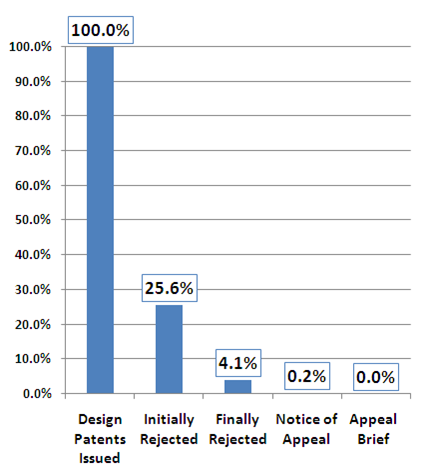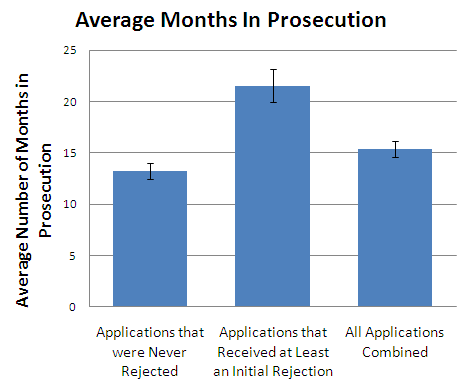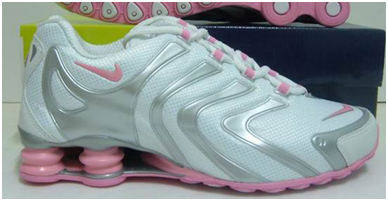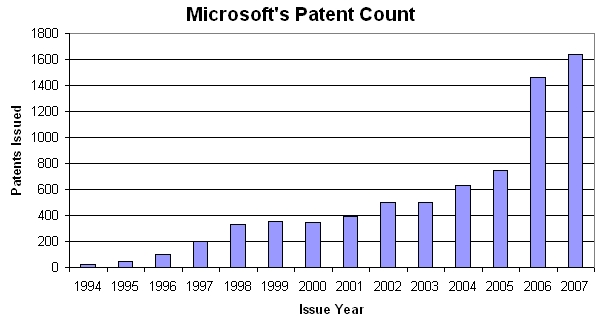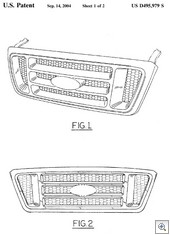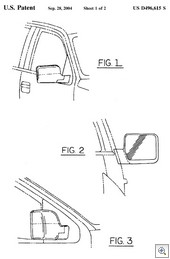Apple v. Samsung
- Christopher Carani recently wrote an article about the Apple v. Samsung smartphone war. In the article, Carani provides the facts and background necessary to understand the current design patent dispute and offers insight into the merits along with potential outcomes. For example, Carani writes that Judge "Koh may find that Apple has not met its burden on validity at this stage of the case and deny the motion for preliminary injunction with respect to all patents." The article is a great source for information about the exciting smartphone battle between the top two smartphone makers in the world. [Link]
Spangenberg Family Foundation
- The Spangenberg Family Foundation gave Case Western University School of Law a $2 million gift to endow the Spangenberg Family Foundation Chair in Law and the Arts. Eric Spangenberg is the founder and chairman of Dallas-based IP Navigation Group, a patent monetization company.
IP Hall of Fame
- The process to find inductees into the IP Hall of Fame for 2012 is currently underway. The IP Hall of Fame enables the IP community to honor individuals from business, politics, the law, finance, academia and anywhere else, who have made a significant contribution to IP. Any member of the IP community can make a nomination, and all nominations will be considered by the IP Hall of Fame Academy. [Link]
Executive Director
The Engelberg Center on Innovation Law and Policy at New York University School of Law is seeking applicants for the full-time position of Executive Director. They seek an Executive Director with an entrepreneurial approach who would be an engaged participant in formulating and implementing an ongoing vision for the Center's programs in competition, innovation, and information law. Specific duties will be determined in consultation with the Center's faculty directors, but should be expected to include: developing a policy-oriented research agenda, preferably in a way that could involve students, fundraising for the Center from industry, foundation, or government sources, and planning conferences and other events (with the help of the center's administrator). More information about the Center and its activities is at [Link].
Applications should be emailed by December 10, 2011, to Nicole Arzt, nicole.arzt@nyu.edu, and should include: a cover letter, curriculum vitae, copies of any publications or other relevant writing, and the names and contact information of three references.
Patent Jobs:
- Roberts Mlotkowski Safran & Cole is searching for an IP attorney with 2-4 years of patent prosecution experience and a degree in EE. [Link]
- Roberts Mlotkowski Safran & Cole is seeking an IP attorney with 2-4 years of patent prosecution experience and a chemical or chemical engineering degree. [Link]
- iRobot is looking for a patent agent with 5-8 years of experience. [Link]
- Greenblum & Bernstein is seeking a patent associate with an EE or CE background and 2-3 years of experience. [Link]
- Steptoe & Johnson is searching for IP associates with a minimum 4 years of experience in litigation and a technical background. [Link]
- Fiala & Weaver is looking for a patent attorney/agent with 1 or more years of experience. [Link]
- Myers Wolin is seeking a partner level attorney (patent or trademark) or small practice group. [Link]
- Edell, Shapiro & Finnan is searching for associates with backgrounds in EE or mechanical engineering. [Link]
- The IP group of Sutherland is seeking a patent agent with 1-3 years of experience and a chemical engineering degree. [Link]
Upcoming Events:
- The ITC Trial Lawyers Association Annual Meeting will be held on November 9th in Washington D.C. Guest speakers includes Deanna Okun and former Chief Administrative Judge Luckern. [Link]
- World Research Group, an official Patently-O Jobs sponsor, is hosting the 3rd Annual Social TechNet Intellectual Property Forum Nov. 16-17 in New York. This conference provides solutions to the most prevalent in-house software and online IP protection and management issues. (Patently-O readers can save $200 by using promo code ABY668) [Link]
- IBC will hold a Standards and Patents Conference in London on November 16th & 17th. The conference will analyze the interplay between standards, intellectual property and competition law. There will be 28 speakers representing various organizations, such as, the European Commission, Mr. Justice Floyd, IBM, Qualcomm Europe, Nokia, GE Healthcare and Intel. (Patently-O readers receive a 10% discount) [Link]
- IBC will hold a US Patent Reform Congress Conference on November 18th in London. The conference will focus in the impact of the Leahy-Smith America Invents for the European practitioner, with expertise from the EPO, AIPLA, USPTO and more. (Patently-O readers receive a 10% discount) [Link]
- The American Conference Institute's 2nd Annual Forum on: Paragraph IV Disputes will be held in San Francisco on December 7th. Experienced faculty of renowned litigators and judges will guide attendees through every stage of a Paragraph IV challenge to help them formulate offensive moves and defensive plays. (Patently-O readers can receive a discount by registering with code PO 200) [Link]
- IBC Legal is holding a conference on International Patent Litigation 2011 in London on December 7th-8th. Use VIP Code FKW82249PO to get a 10% discount. [Link]
- The WSBA IP Section, WSPLA, IEEE IP Professional Initiative, and the University of Washington School of Law's Law, Technology & Arts Group will be presenting an all-day CLE at the University of Washington School of Law on Friday, December 9, 2011 on the impacts of the America Invents Act.
Contact Lawrence.Higgins@patentlyo.com with leads for future Bits and Bytes.
 The Engelberg Center on Innovation Law and Policy at New York University School of Law is seeking applicants for the full-time position of Executive Director. They seek an Executive Director with an entrepreneurial approach who would be an engaged participant in formulating and implementing an ongoing vision for the Center's programs in competition, innovation, and information law. Specific duties will be determined in consultation with the Center's faculty directors, but should be expected to include: developing a policy-oriented research agenda, preferably in a way that could involve students, fundraising for the Center from industry, foundation, or government sources, and planning conferences and other events (with the help of the center's administrator). More information about the Center and its activities is at
The Engelberg Center on Innovation Law and Policy at New York University School of Law is seeking applicants for the full-time position of Executive Director. They seek an Executive Director with an entrepreneurial approach who would be an engaged participant in formulating and implementing an ongoing vision for the Center's programs in competition, innovation, and information law. Specific duties will be determined in consultation with the Center's faculty directors, but should be expected to include: developing a policy-oriented research agenda, preferably in a way that could involve students, fundraising for the Center from industry, foundation, or government sources, and planning conferences and other events (with the help of the center's administrator). More information about the Center and its activities is at  The Engelberg Center on Innovation Law and Policy at New York University School of Law is seeking applicants for the full-time position of Executive Director. They seek an Executive Director with an entrepreneurial approach who would be an engaged participant in formulating and implementing an ongoing vision for the Center's programs in competition, innovation, and information law. Specific duties will be determined in consultation with the Center's faculty directors, but should be expected to include: developing a policy-oriented research agenda, preferably in a way that could involve students, fundraising for the Center from industry, foundation, or government sources, and planning conferences and other events (with the help of the center's administrator). More information about the Center and its activities is at
The Engelberg Center on Innovation Law and Policy at New York University School of Law is seeking applicants for the full-time position of Executive Director. They seek an Executive Director with an entrepreneurial approach who would be an engaged participant in formulating and implementing an ongoing vision for the Center's programs in competition, innovation, and information law. Specific duties will be determined in consultation with the Center's faculty directors, but should be expected to include: developing a policy-oriented research agenda, preferably in a way that could involve students, fundraising for the Center from industry, foundation, or government sources, and planning conferences and other events (with the help of the center's administrator). More information about the Center and its activities is at 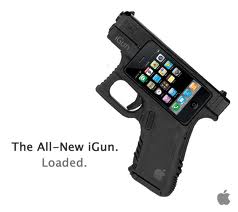
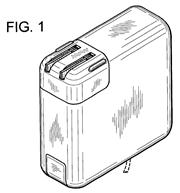
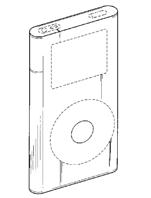
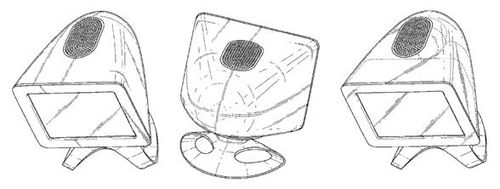
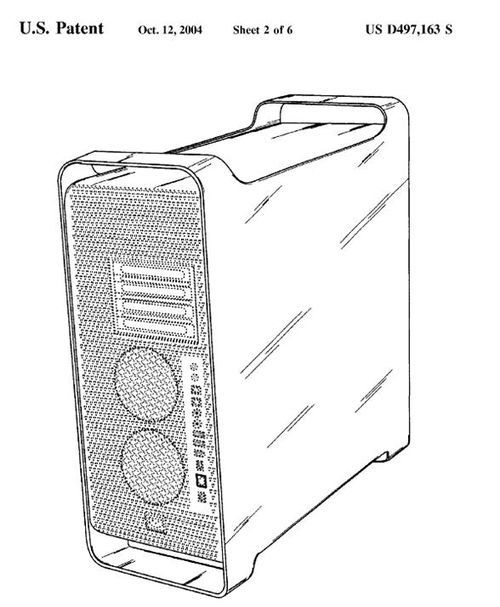
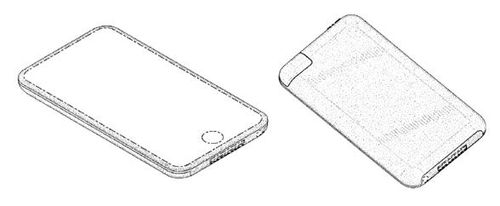


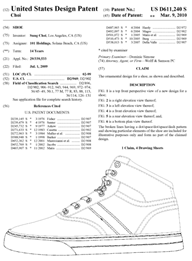 Fashion & Design Patent Rights: Some fashion industry markets have found design patents as valuable. These include eyewear, shoes, handbags, and jewelry. Despite widespread and growing use, fashion industry leaders have continued to push additional forms of protection that are easier to obtain.
Fashion & Design Patent Rights: Some fashion industry markets have found design patents as valuable. These include eyewear, shoes, handbags, and jewelry. Despite widespread and growing use, fashion industry leaders have continued to push additional forms of protection that are easier to obtain.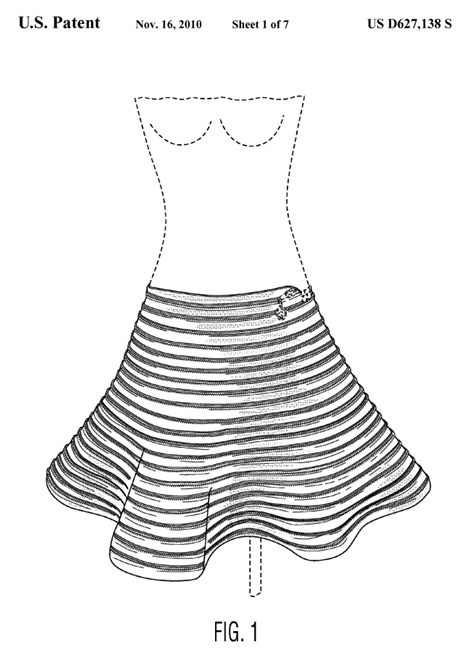

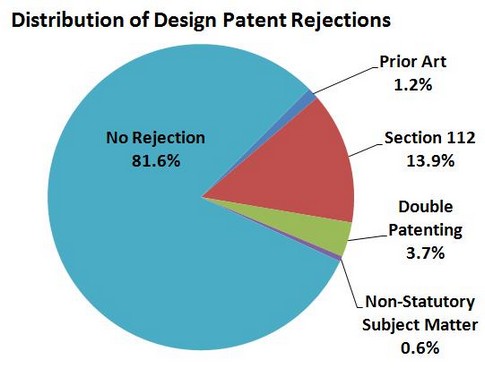

 Bissell Homecare v. Wildwood Industries (W.D. Mich. 2009)
Bissell Homecare v. Wildwood Industries (W.D. Mich. 2009)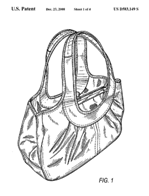
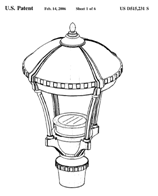

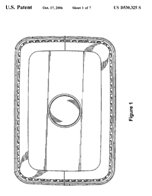

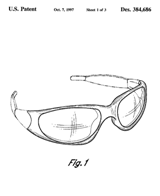
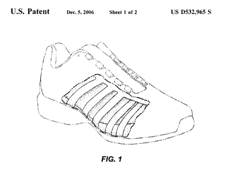
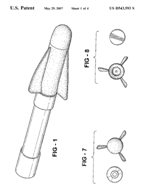
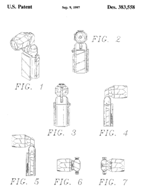
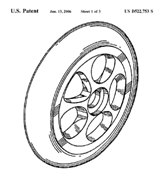
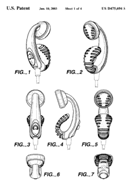


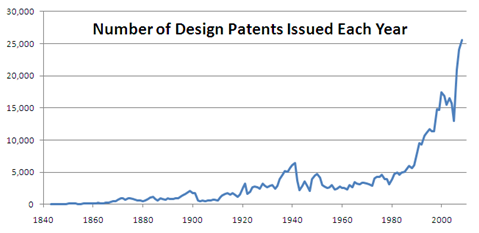
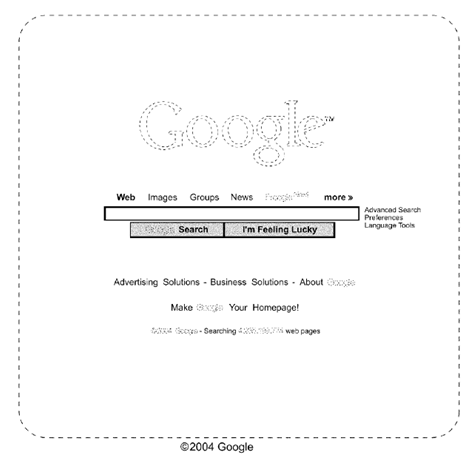


 2008-1078 (Fed. Cir. 2009)
2008-1078 (Fed. Cir. 2009)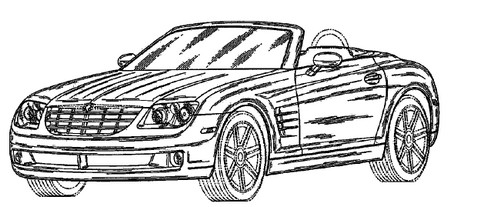
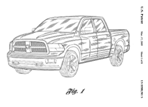 Over eighty percent of utility patent applications are initially rejected during prosecution. Some areas of technology – such as semiconductors – have a lower rejection rate while others – such as electronic commerce methods – have an even higher rejection rate.
Over eighty percent of utility patent applications are initially rejected during prosecution. Some areas of technology – such as semiconductors – have a lower rejection rate while others – such as electronic commerce methods – have an even higher rejection rate.